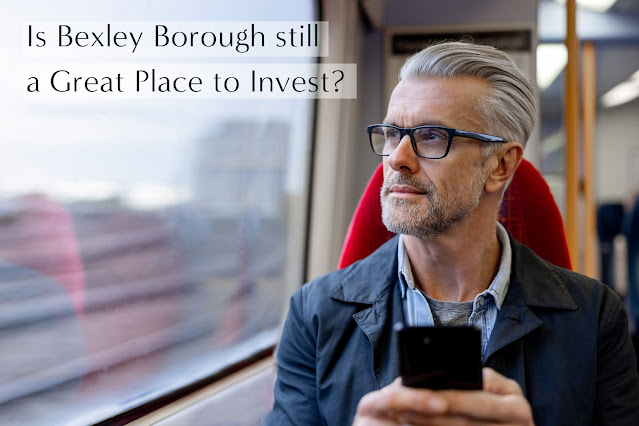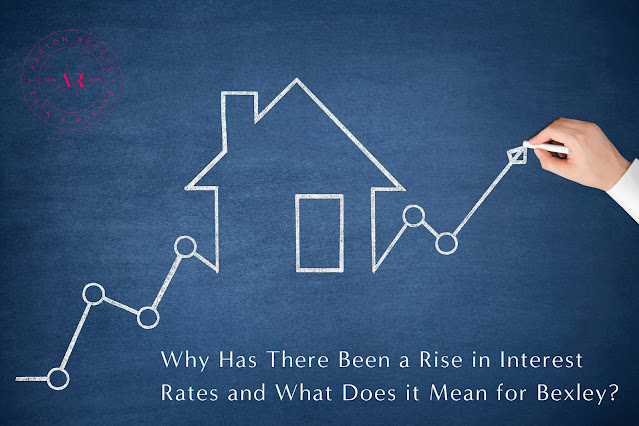Bexley Borough – Home Ownership Time Bomb
Many
think that the British obsession with owning one’s own home started with
Thatcher in the early 1980s, when she allowed council tenants to buy their
council houses under the Right to Buy scheme. However, the growth actually
started just after the Second World War. Looking at the country as a whole, in
1951 30% of residential property was owner-occupied. Every ten years, that
figure rose incrementally to reach 39% by 1961, 51% by 1971, 58% by 1981 and
68.07% by 2001. At that point things changed. The rate dropped to 63.4% by 2011
and it continues to fall.
Young
adults tend to start to think about settling down and moving out of the family
home in their early to mid-twenties. After a couple of years, they can choose
between buying their first house (with a mortgage) and renting privately for
the long term. At the moment the Council House waiting list is measured in
decades!
The ratio
of people who own a house with a mortgage to those renting privately is an
extremely important guide to what people are doing about their housing needs
and their attitudes vis a vis renting versus buying. My prediction is that,
within the next ten years, more people will be renting privately in Bexley
Borough than living in properties they own with a mortgage. As the years pass,
I feel that the British love affair with property ownership is likely to fade.
These changes are highly significant in terms of how we live. As I explained to
a local Bexley Borough landlord the other day, knowing when and where tenants’
demand will come from over the next decade is just as important as knowing the
supply side of the buy to let equation with regard to the number of properties
built in the town and Bexley Borough property prices and rents.
There are
9,721 households that are privately rented via a landlord or letting agency
versus 37,781 households owned with a mortgage in the Bexley Council area, so
how can my predication make sense?
When we
look deeper (the devil is always in the detail), 18,377 of those 37,781 houses
are owned by 35- to 49-year-olds and 11,402 by 50- to 64-year-olds. I expect
all the 50+ year-olds to pay their mortgage off as they enter retirement, while
some will pay theirs off by their mid/late 40s. Meanwhile, among those aged 25
to 34 (the age at which most people bought their first home in the
1970s/80s/90s) just 5,717 of the 8,845 households are owner occupiers with mortgages,
with 3,128 homes privately rented. In other words, just 64.6% of 25- to
34-year-olds have bought their houses. Twenty years ago the percentage was
between 75 and 85.
Clearly,
while the older generation pays its mortgages off on approaching retirement
age, the younger generation isn’t jumping on the property ladder as people did
20 or 30 years ago. This means that the private rental sector will take up the
slack as more people will want a roof over their head, while preferring to
rent. As Local Authorities and Housing Associations are not building nearly as
many houses as they were in the 1950s, 60s and 70s, it seems likely that the
private landlord will enjoy strong demand for their rental properties for many
decades to come. The housing market will become polarised between the mostly
older households that own outright and the mostly younger households that rent.
In this respect, our housing market is tending to conform with the European
model. However, the younger generation will inherit their parents’ properties,
which in turn will enable them to buy, albeit later in life.




Comments
Post a Comment